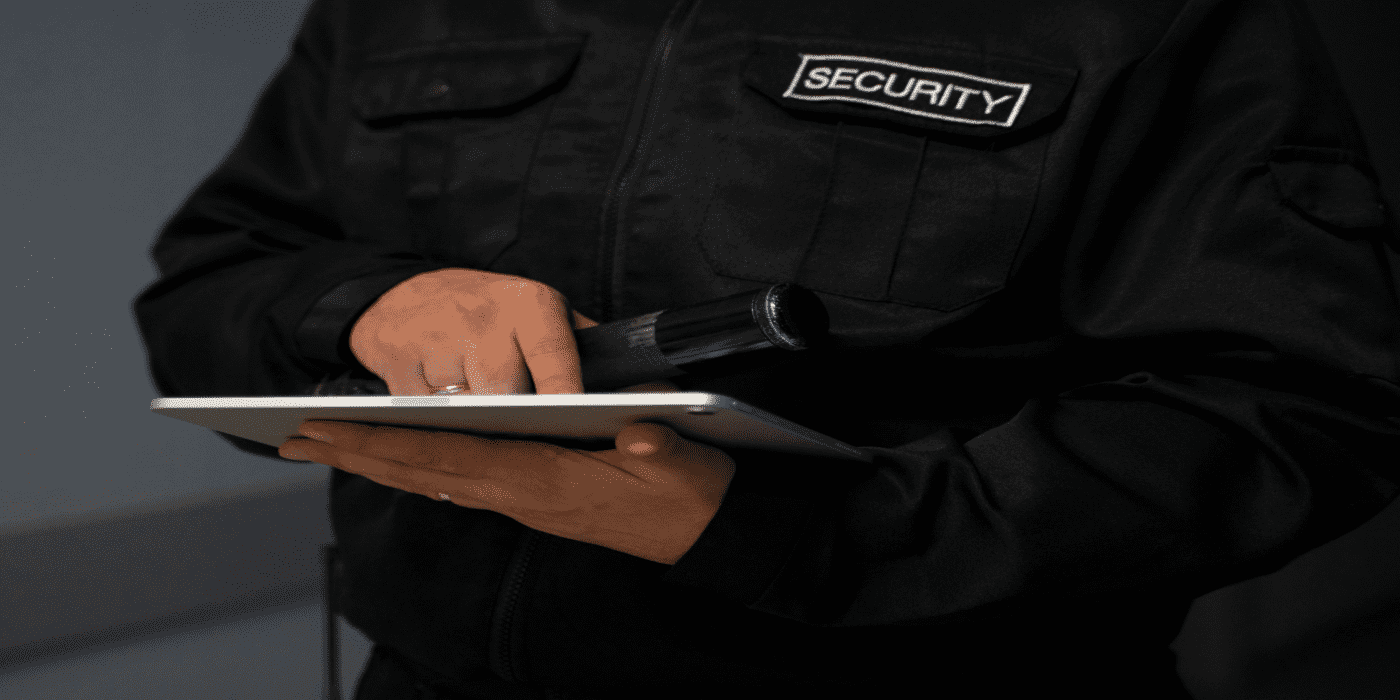11 Roles of Unarmed Security Officers
Active assailant incidents pose significant threats to public safety, and in such critical situations, every second counts. While armed law enforcement personnel often take the lead in responding to these emergencies, unarmed security officers also play crucial roles in managing these high-stress situations.
In this article, we’ll explore 11 key roles that unarmed security officers fulfill during active assailant incidents, highlighting their importance in maintaining order, protecting lives, and assisting law enforcement.
1. Early Detection and Prevention
Unarmed security officers are often the first line of defense against potential threats. Through vigilant monitoring of surroundings and suspicious activities, they can detect warning signs of an impending incident and take preventive measures to mitigate the risk.
2. Immediate Alert and Communication
In the event of an active assailant incident, unarmed security officers serve as communication hubs, swiftly alerting authorities and coordinating responses. Their ability to relay accurate information to law enforcement can significantly expedite the deployment of resources and enhance overall situational awareness.
3. Crowd Control and Evacuation
During chaotic situations, such as active assailant incidents, maintaining crowd control is paramount. Unarmed security officers are trained to guide and assist individuals in evacuating the premises safely, minimizing the risk of injuries and ensuring an orderly exit.
4. Secure Perimeter Establishment
Establishing a secure perimeter around the incident site is crucial for containing the threat and preventing further harm. Unarmed security officers work alongside law enforcement to cordon off the area, restricting access to unauthorized individuals and ensuring the safety of bystanders.
5. Access Control Management
Controlling access points is essential for preventing unauthorized individuals from entering the affected area and potentially exacerbating the situation. Unarmed security officers play a vital role in managing access control points, verifying credentials, and redirecting traffic to alternative routes as necessary.
6. Providing Tactical Support
While unarmed, security officers are trained to provide tactical support to law enforcement during active assailant incidents. This may include assisting with reconnaissance, relaying critical information, and facilitating the deployment of resources to strategic locations.
7. Rendering First Aid and Medical Assistance
Injuries are inevitable during active assailant incidents, and immediate medical attention can save lives. Unarmed security officers are often equipped with basic first aid training and supplies, enabling them to administer initial care to the injured until professional medical assistance arrives.
8. Liaison with Emergency Services
Clear and efficient communication between security personnel and emergency services is essential for coordinating responses and resource allocation. Unarmed security officers serve as liaisons between on-site personnel and external agencies, facilitating seamless collaboration and information exchange.
9. Providing Reassurance and Support
Amidst the chaos of an active assailant incident, individuals may experience fear, confusion, and panic. Unarmed security officers offer reassurance and support to those affected, helping to calm nerves, provide guidance, and maintain a sense of control amidst adversity.
10. Assisting with Law Enforcement Operations
Unarmed security officers assist law enforcement in various operational tasks, including securing evidence, managing witnesses, and providing logistical support. Their collaborative efforts enhance the efficiency and effectiveness of law enforcement operations during critical incidents.
11. Post-Incident Response and Recovery
Once the immediate threat has been neutralized, unarmed security officers continue to play a vital role in the post-incident response and recovery phase. They assist with securing the scene, facilitating investigations, and implementing measures to prevent similar incidents in the future.
Conclusion
Unarmed security officers are unsung heroes in active assailant incidents, performing a myriad of crucial roles that contribute to the safety and well-being of individuals in harm’s way. Their vigilance, training, and dedication enable them to effectively assist law enforcement and mitigate the impact of these traumatic events. Recognizing the invaluable contributions of Alliance Guard Services Inc underscores the importance of comprehensive emergency preparedness and collaborative efforts in ensuring public safety.
(FAQs) about the roles of unarmed security officers
1) What is the role of unarmed security officers in active assailant incidents?
Unarmed security officers play a crucial role in active assailant incidents by providing early detection, alerting authorities, guiding civilians to safety, and assisting law enforcement in managing the situation.
2) Do unarmed security officers receive training for handling active assailant incidents?
Yes, unarmed security officers typically undergo specialized training in recognizing signs of potential threats, de-escalation techniques, evacuation procedures, and coordination with law enforcement during active assailant situations.
3) Can unarmed security officers intervene directly in an active assailant incident?
The primary role of unarmed security officers is to observe, report, and assist with evacuations rather than directly engaging the assailant. However, they may take actions to protect themselves and others if necessary and if it can be done safely.
4) How do unarmed security officers help in preventing active assailant incidents?
Unarmed security officers contribute to preventing active assailant incidents by maintaining a visible presence, monitoring for suspicious behavior, enforcing security protocols, and promptly reporting any concerns to authorities.
5) What communication tools do unarmed security officers use during active assailant incidents?
Unarmed security officers utilize communication tools such as two-way radios, mobile phones, or intercom systems to coordinate with other security personnel, law enforcement, and emergency responders.
6) Are unarmed security officers responsible for directing emergency response efforts during active assailant incidents?
While unarmed security officers may assist in guiding civilians to safety and providing information to emergency responders, the overall direction of emergency response efforts is typically managed by law enforcement personnel.


